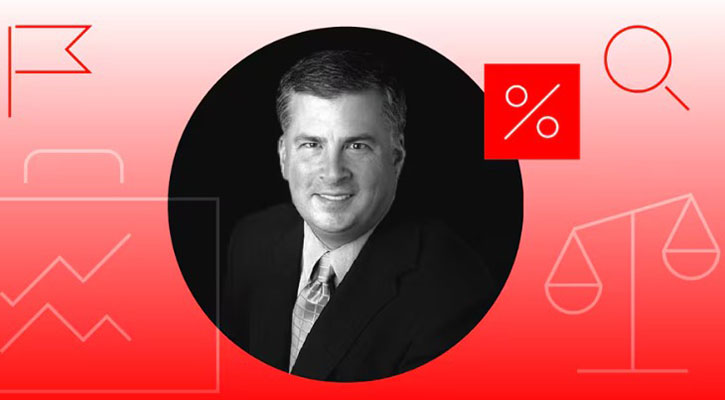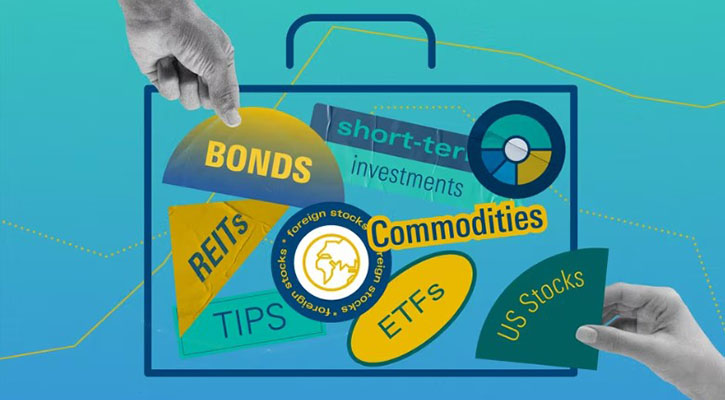What's the difference? Plenty. There is a world of difference between an organisation that views funds as products to be sold to customers, and one that understands that it is being entrusted by investors to watch over their hard earned money and grow it for them. One tends to view investors essentially as revenue opportunities, whilst the other treats them as the owners of a pool of capital that has hired the management company to grow it for them.
Look f
or Fund Houses with a Culture of Stewardship, Not Marketing
The former type of firm focuses on offering funds where it has a research advantage that will deliver good results for investors net of fees. Thus, the best investment houses offer investments that play to their strengths as a research organisation. An example of this would be Templeton's or Aberdeen's focus on value oriented equities, or the Edinburgh arm of First State's relentless focus on emerging markets and Asia. Fidelity is a large group that offers a wide array of funds, but it has backed that by building out a substantial global research capacity. The better firms also offer funds that promote a good investor experience. A core equity or balanced offering, for example, is much more likely to prove a good long term investment than the fad du jour.
At the other end of the spectrum are organisations that essentially exist to gather assets as quickly as possible and sell "product" rather than help people invest profitably. You can tell these firms in a couple of ways: First, they tend to role out funds in niches where there is investor interest, regardless of their own expertise. The classic example is the raft of TMT funds from the late 1990s. More recently, we'd be very sceptical of firms that have rolled out China or resources funds, or offerings specialising in frontier emerging markets. It's one thing to believe in those areas as long-term investments and to have the research muscle and experience to back it up. Someone like Investec might fall into this camp with its Africa offerings, for example. But if a firm with no Africa experience suddenly launches a fund in the area, you need to question their motives.
Advertising can also tell you a lot--if a fund company was pushing property funds coming into 2007, it should have been a big warning sign to all and sundry. Yields were extremely low, valuations were high, and the past performance enjoyed by these funds did not seem to be likely to be repeated. There was however, a lot of investor interest--the sector routinely garnered the most inflows among IMA sectors on a monthly basis--and for firms under pressure to grow profits the temptation may have been too great.
Fund Capacity Matters
How a fund company deals with capacity is also an issue Morningstar analysts watch closely, and with good reason. Put simply, it's much easier to manager a small fund than a large one. As a fund's asset base gets larger, the manager needs to buy and sell increasingly larger blocks of stock to manage positions. Especially for funds that invest in mid- and small-cap issues, this will cause trading costs (including market-impact costs) to rise, eating away at returns. Alternatively, the manager may attempt to alleviate the issue by holding smaller positions in more names, but this runs the risk of diluting performance. If you see a firm allowing its funds to grow too large, you need to think hard about whether they're interested in stewarding your capital, or in lining their own pockets.
Examine Fund Manager Incentive Pay
Manager compensation is hard to get information on for most individual investors (we cover it in the management section of our qualitative reports), but it can be crucial. A manager whose bonus is tied purely to asset growth, for example, may be inclined to allow his fund to grow larger than he should. Asset growth usually plays a part in incentive pay, but we like to see most of the emphasis on fund performance, preferably over rolling three and five year periods. Twelve-month returns are a common measure, but they're just too short to align the managers' interests with those of fund holders, and can lead a manager to take unwise near-term risks.
Some of the best compensation plans we've come across around the globe require a manager to invest his or her bonus in shares of the fund(s) they run, and only allow the money to be withdrawn after a reasonably long period (say, five years). If you see an incentive plan that's dominated by asset-growth, chances are good that you're looking at a house that gives asset-gathering priority over good investment results.
Fund Costs Are Key Indicator of Stewardship
Finally, look for fund families that keep costs reasonable--and remember, the best way to evaluate ongoing costs is not the annual management charge (AMC), but the total expense ratio (TER). The TER includes the AMC as well as other admin and operating costs incurred, and it can be significantly higher than the AMC. Our studies have shown that costs have a dramatic impact on investors' success at picking winning funds. The reason is clear--a manager's ability to add value will fluctuate over time, as will market performance, but a fund's TER eats away at your return year after year, and its impact compounds over time. If a firm keeps costs high, it's a sure sign they're looking out for their own revenues first and that your interests are further down the scale.









.jpg)













